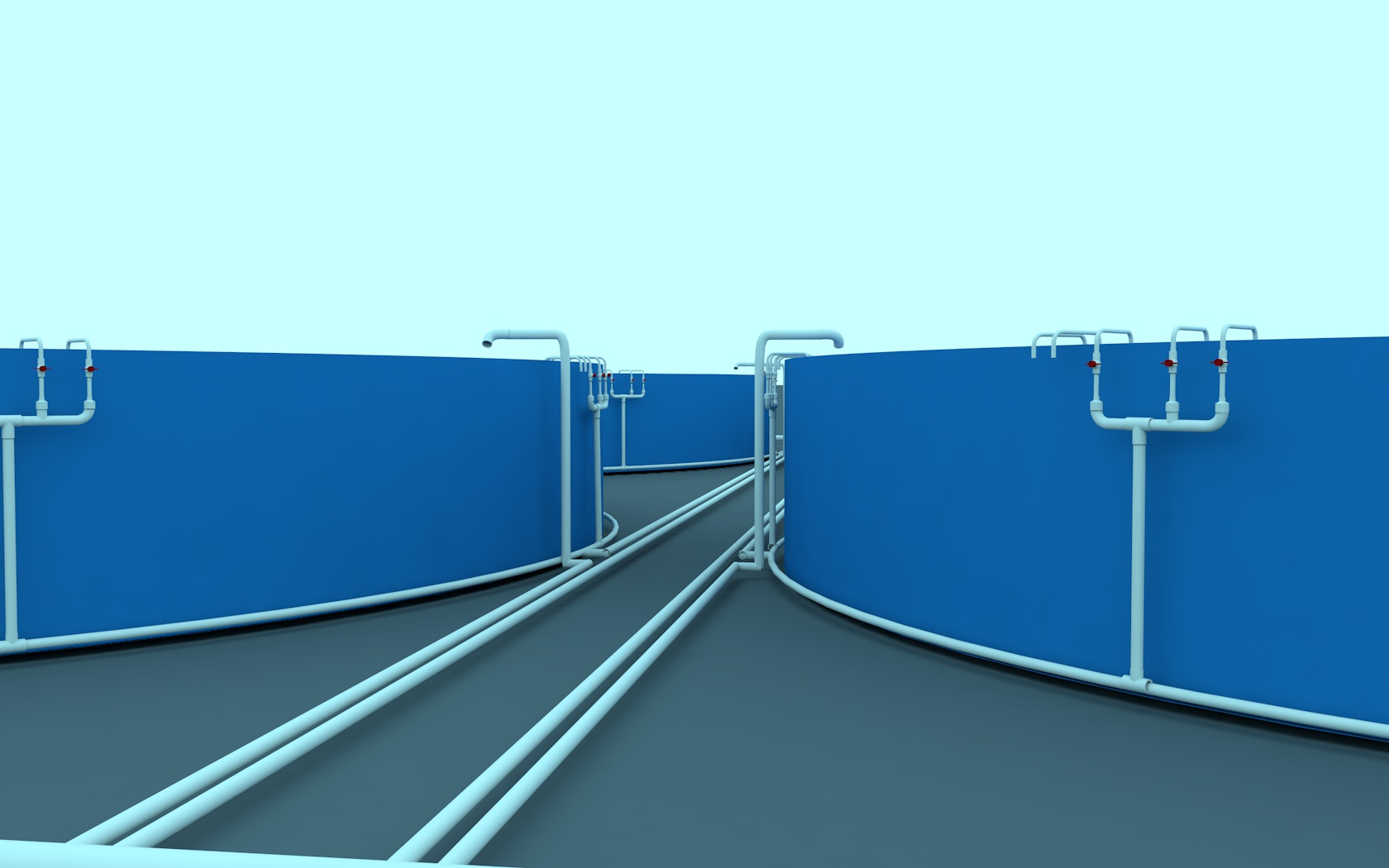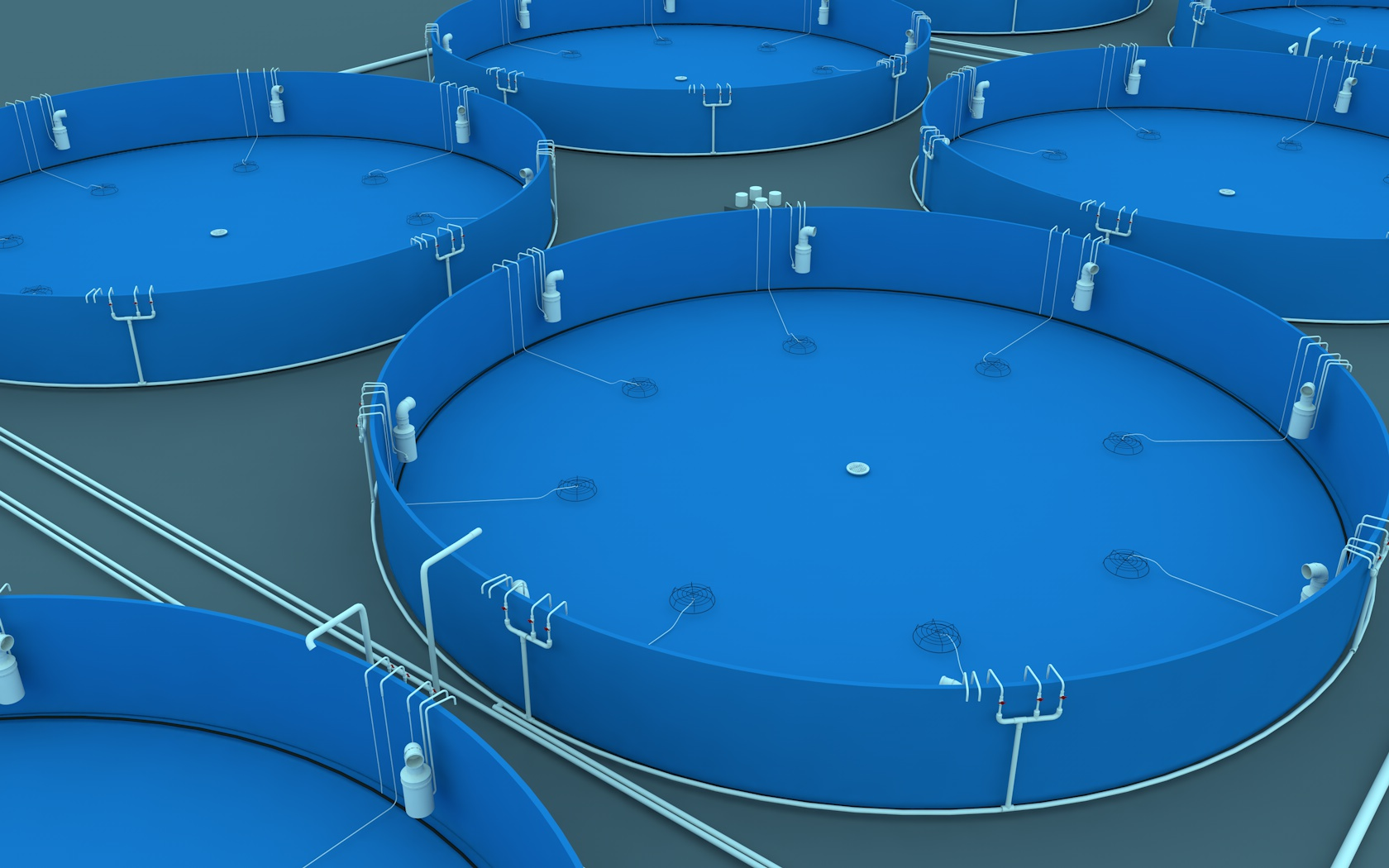Tilapia farming methods and techniques, canvas ponds, fish ponds and canvas tilapia farming methods
Tilapia farming methods and techniques, canvas ponds, fish ponds and canvas tilapia farming methods
Tilapia is a tropical fish native to Africa and one of the world's farmed species. Tilapia has the characteristics of diverse feeding habits, fast growth, strong adaptability, few diseases, high male rate, high group yield, and good meat quality. It is one of the excellent breeding species recommended by the Food and Agriculture Organization of the United Nations. Tilapia has good market prospects and has become the dominant species in current aquaculture, especially freshwater aquaculture. Such an aquaculture product is cultured in galvanized sheet canvas fish ponds
What factors should be paid attention to?
The survival of organisms requires light and water, so when choosing a site for a canvas fish pond breeding pond, the first choice is a place with convenient drainage, sufficient sunlight, high-quality water sources and no pollution. This requirement factor applies whether it is traditional fish pond farming or artificial fish pond farming. New galvanized sheet canvas pond farming needs to be considered. Fish ponds for raising tilapia are generally chosen to have water depths between 1.8 meters and 2.5 meters. The bottom of the pot is dug and a fish toilet and sewage and drainage pipes are installed. The purpose of making the bottom of the canvas fish pond into the shape of a pot is to facilitate the concentrated sedimentation of excrement. On the fish toilet, it facilitates sewage discharge and reduces the production of nitrite and ammonia nitrogen.
Oxygen is also a necessary condition for farming, so the equipment for tilapia farming can be equipped with an aerator or water pusher. Although tilapia is a fish that is relatively resistant to hypoxia, the suffocation point of tilapia is When the dissolved oxygen in the water is 0.07 to 0.23 mg/L and the dissolved oxygen in the water is 1.6 mg/L, tilapia can still survive. However, during daily management and inspections, if tilapia is found to be hypoxic, equipment must be used in time. Oxygenation is a step that is indispensable even in traditional fish pond farming.
The canvas fish pond circulating water breeding model can ensure that the water body in the fish pond is kept clean. The water quality of the breeding water body also has a relatively large impact on the breeding. After daily feeding of tilapia, the bait residues must be fished out in time, and the bait residues must be fished out in time in daily life. Drainage the excrement of tilapia to prevent these filth from deteriorating and rotting in the canvas fish pond and damaging the water quality. The accumulation of dirt in the canvas fish pond will cause the ammonia nitrogen and nitrite in the water to exceed the standard. The impact of ammonia nitrogen and nitrite on the fish can destroy the immune system of the fish tissue and reduce the resistance. Ammonia poisoning will cause the fish to eat. Reduction, slow growth, and excessive nitrite content can cause lesions in the gill tissue of the fish, difficulty breathing, and even death.




Tel.: +86 17864390557





